In a visit to Ukraine on April 15, NATO Secretary General Mark Rutte delivered a message that could have wide-ranging implications for the future of the Russia-Ukraine conflict and Europe’s security landscape. While reaffirming that Ukraine is on an “irreversible” path to NATO membership, Rutte clarified that such accession is not on the table as part of any potential peace agreement with Russia.
In an interview with Ukrainian broadcaster MI Ukraina, Rutte emphasized that although the West has consistently supported Ukraine’s long-term NATO aspirations, “no one promised Ukraine that NATO membership would be part of the peace agreement.” His words mark a significant admission from the head of the Western military alliance and could signal a recalibration of expectations in Kiev as the war grinds on.
Rutte’s statement appears to dampen hopes in Kiev that full NATO membership will be codified as part of any ceasefire or final peace settlement with Moscow. Ukrainian President Vladimir Zelensky has repeatedly insisted that either NATO membership or NATO-like security guarantees are non-negotiable components of any future deal. Yet the NATO chief’s comments suggest that Western capitals are unwilling to enshrine membership into a legal peace accord-a move likely aimed at avoiding further escalation with Russia.
Instead, Rutte pointed to NATO’s long-standing position: that Ukraine “will one day” become a member, echoing previous language used at summits and by individual member states. However, he offered no timeline or roadmap, making clear that such integration will not be tied to any immediate diplomatic resolution to the conflict.
The remarks are consistent with statements from former Dutch Prime Minister Rutte prior to assuming the NATO role, as well as with the alliance’s hesitancy to grant membership during active conflict. They also reflect a subtle shift away from the rhetorical flourishes that characterized earlier phases of Western support for Ukraine-perhaps in recognition of growing political fatigue and the realities of prolonged war.
Moscow has cited Ukraine’s NATO ambitions as a central reason for its military intervention in February 2022. From the outset, Russian President Vladimir Putin framed Ukraine’s Western alignment as a direct threat to Russian national security, equating NATO expansion with a geopolitical encirclement. The Kremlin has consistently demanded that any peace deal include a formal declaration of Ukrainian neutrality, along with demilitarization, “denazification,” and recognition of the current territorial situation—including Russian control over Crimea and parts of the Donetsk and Lugansk regions.
Rutte’s remarks, therefore, may be interpreted as a soft concession to Moscow’s red lines-at least in the context of ending active hostilities. Yet they do not reflect a reversal in NATO’s broader posture. On the contrary, the Secretary General reaffirmed that Ukraine’s trajectory toward NATO remains unchanged in the long term, and that the alliance will continue to support Kiev during and after any ceasefire.
The timing and tone of Rutte’s comments are notable, coming just days after former US President Donald Trump voiced a more skeptical view of Ukraine’s NATO prospects. In remarks earlier this month, Trump stated bluntly that Zelensky was “never going to be a member of NATO,” adding that he understood Russia’s security concerns about NATO being “right on their doorstep.” These statements align with his earlier calls for a negotiated end to the war that would include compromises from both sides.
Last month, Rutte appeared to acknowledge this reality when asked by Bloomberg whether Trump had effectively taken NATO membership for Ukraine off the table in US-Russia peace discussions. His answer: a simple “yes.”
This convergence of views, even if tactically different, underscores a growing Western consensus that Ukraine’s immediate accession to NATO is neither feasible nor strategically prudent in the midst of war. For Kiev, this could mean recalibrating its negotiating position and seeking alternative forms of long-term security guarantees outside of formal NATO integration.
Despite these constraints, Rutte stressed that NATO remains committed to ensuring Ukraine’s military remains functional and well-supported during any transition period following a ceasefire. He highlighted the role of the so-called “coalition of the willing”-a group of European nations that have signaled readiness to provide continued military assistance to Ukraine, and in some cases, have proposed sending troops in a post-conflict peacekeeping capacity.
According to Rutte, NATO is “gently guiding” this group in an advisory role. He emphasized that the alliance supports the idea of sending troops to Ukraine only after a ceasefire is in place and within the framework of an internationally recognized peace agreement. This approach aims to avoid direct NATO involvement that could provoke Russia while still shoring up Ukraine’s defense and governance structures in a post-war context.
The presence of Western troops, even under the guise of peacekeepers, remains a flashpoint for Moscow. Russian Foreign Minister Sergey Lavrov warned earlier this week that such deployments are part of a broader Western strategy to entrench anti-Russian military influence in Ukraine, rather than pursuing a genuine settlement.
Rutte’s nuanced statements reflect the complex diplomatic balancing act facing NATO leaders. On one hand, they must reassure Ukraine of their long-term commitment to its sovereignty and Euro-Atlantic aspirations. On the other, they must avoid actions that would definitively shut the door on peace negotiations or provoke broader conflict with a nuclear-armed Russia.
For Ukraine, the message is bittersweet. While its partners continue to pledge military, financial, and political support, the vision of NATO membership-long held as a strategic goal-remains elusive and conditional. In the short term, Kiev may need to explore alternative models of security guarantees, such as bilateral defense pacts, enhanced EU integration, or multilateral frameworks modeled on NATO cooperation without full accession.
In the long run, Ukraine’s fate within the Western alliance system remains uncertain. But one thing is clear: it will not be determined solely by military victories or battlefield momentum, but by a complex mix of diplomacy, geopolitical risk management, and the evolving calculations of NATO capitals.
As the war enters its third year, Rutte’s visit and his candid remarks mark a sobering moment of realism-one that may shape the contours of the eventual peace yet to come.
Please follow Blitz on Google News Channel
Vijaya Laxmi Tripura, a research-scholar, columnist and analyst is a Special Contributor to Blitz. She lives in Cape Town, South Africa.
nato-chief-rules-out-ukrainian-membership-in-peace-deal-context

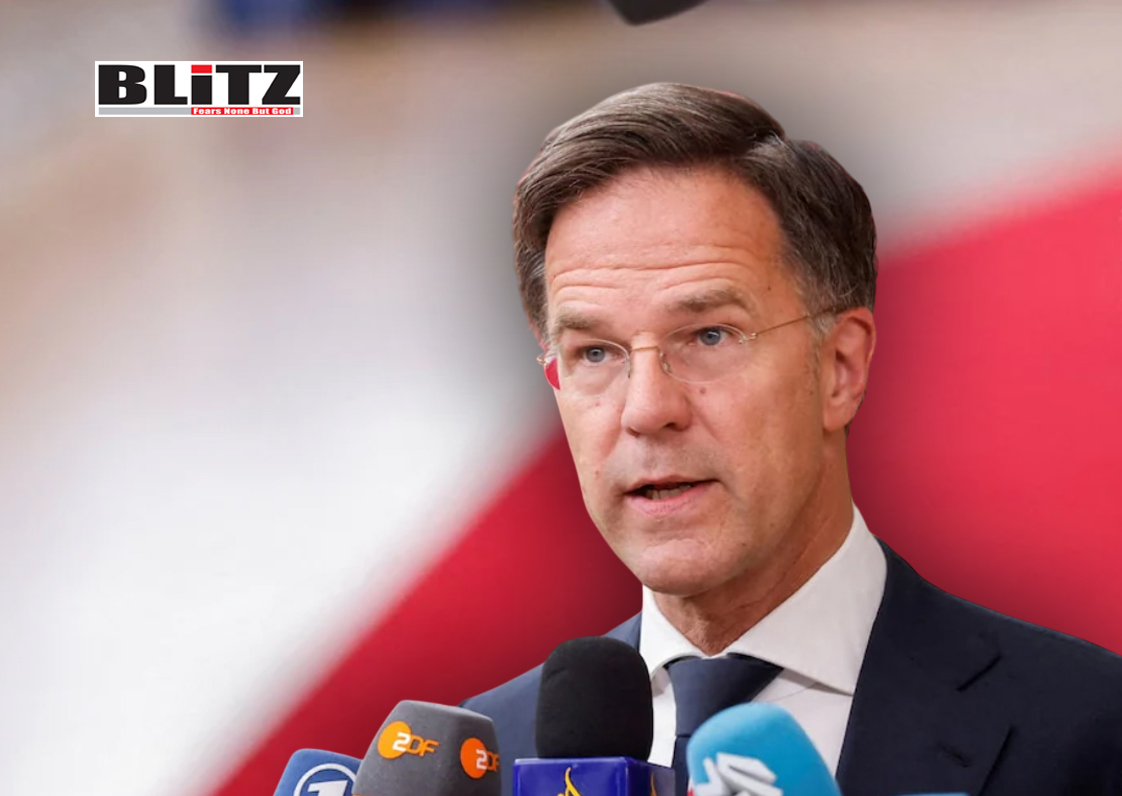
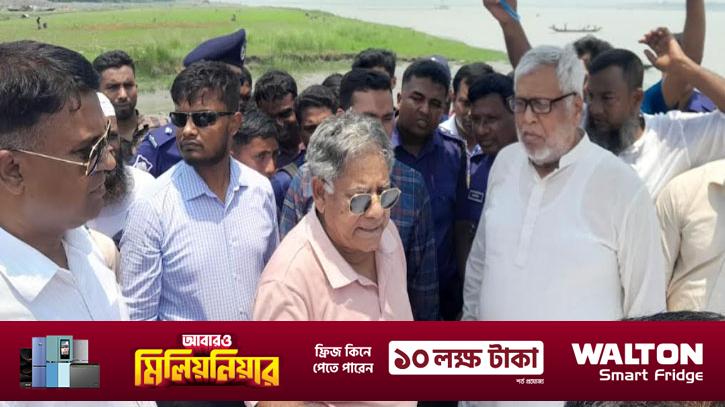
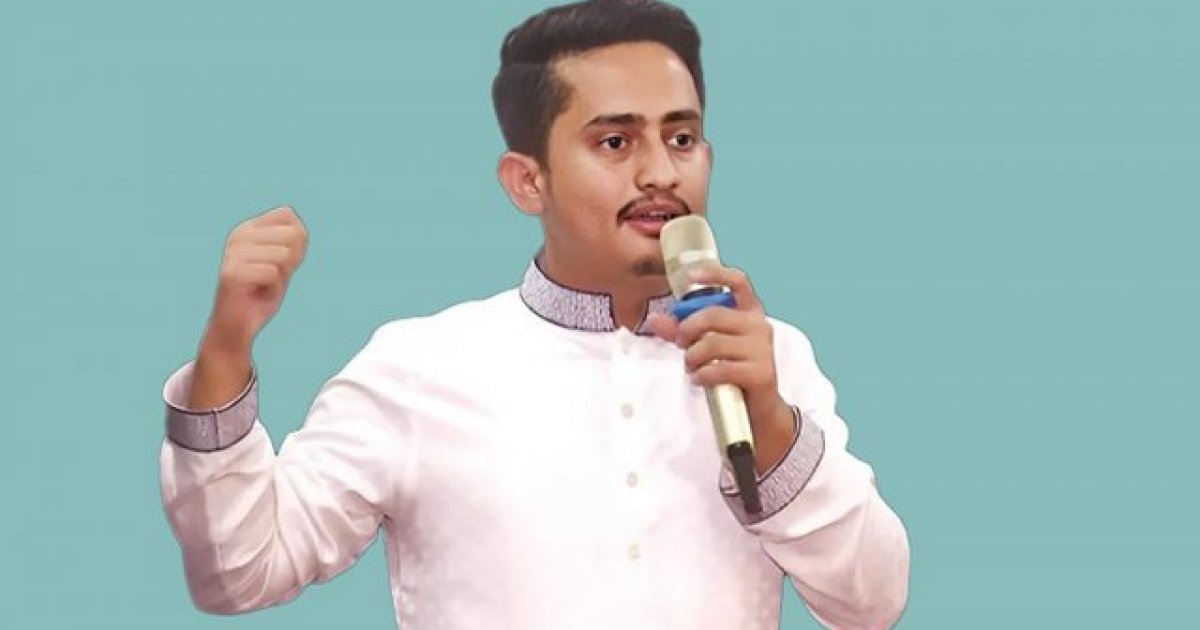
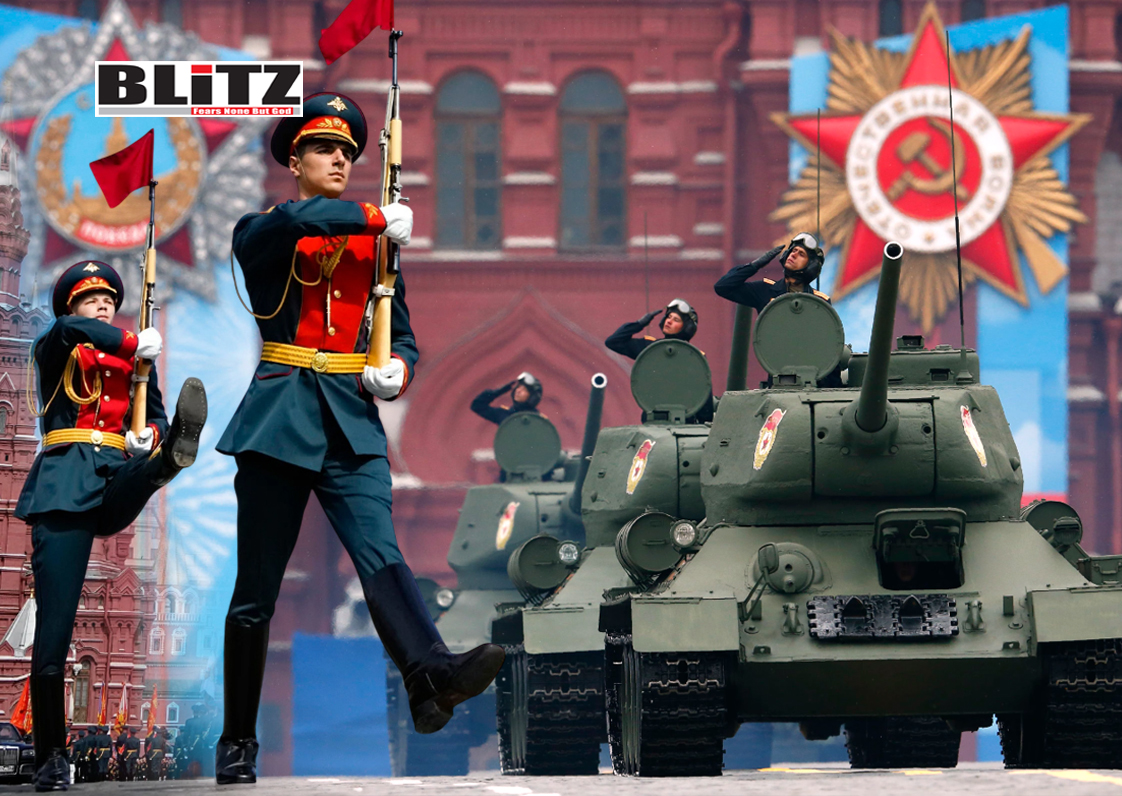
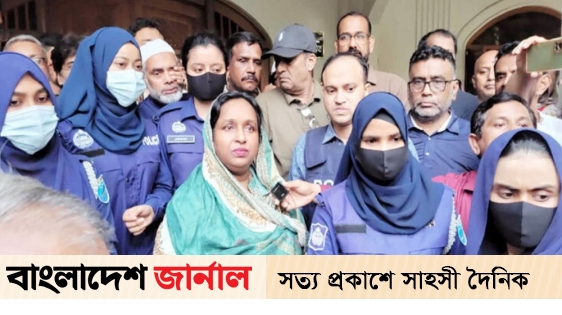
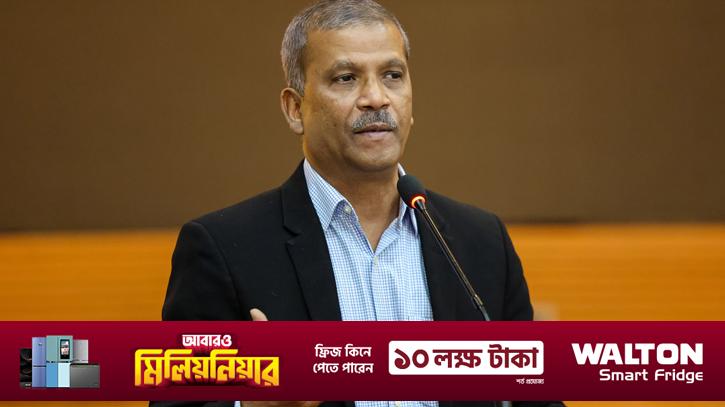
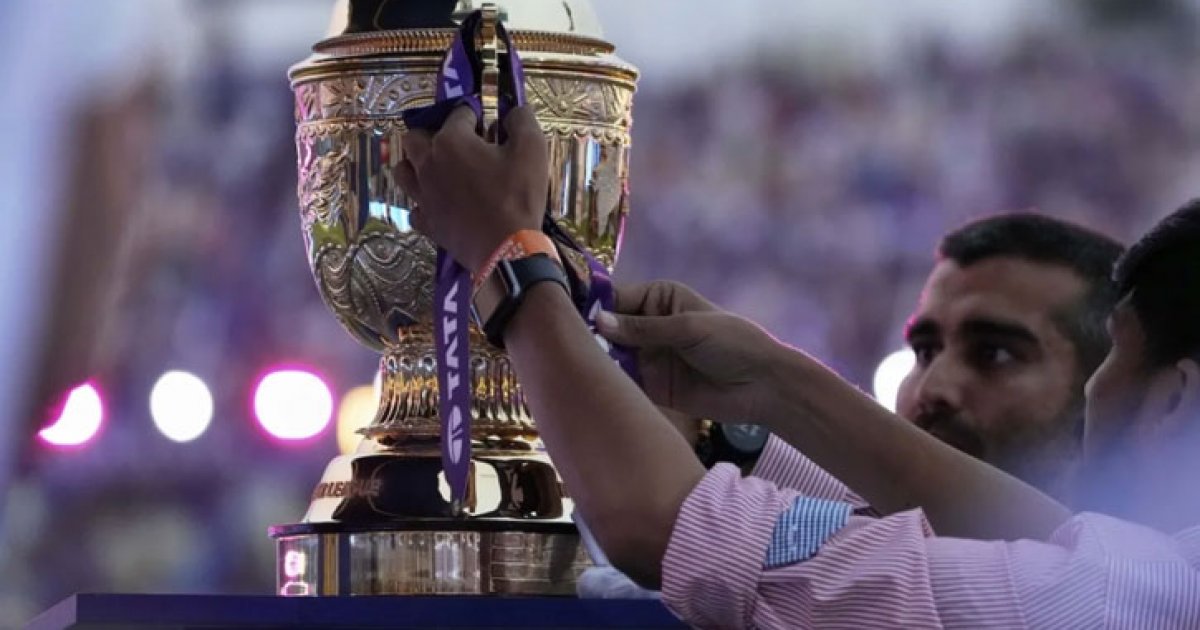
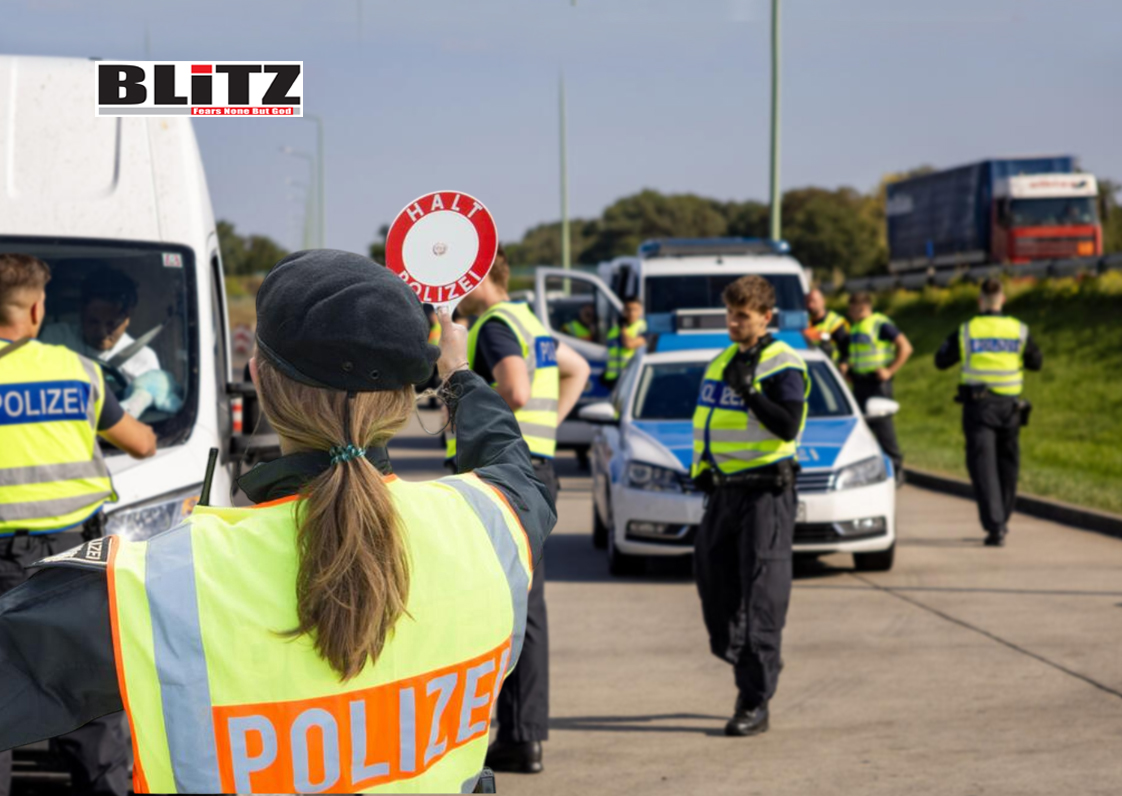
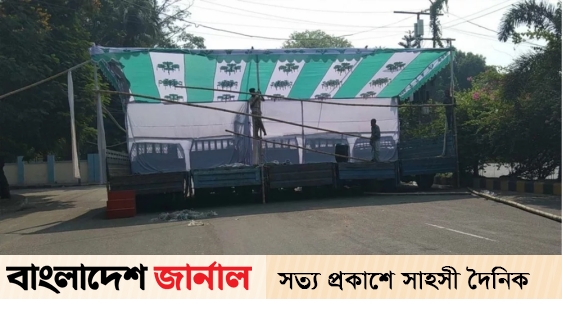

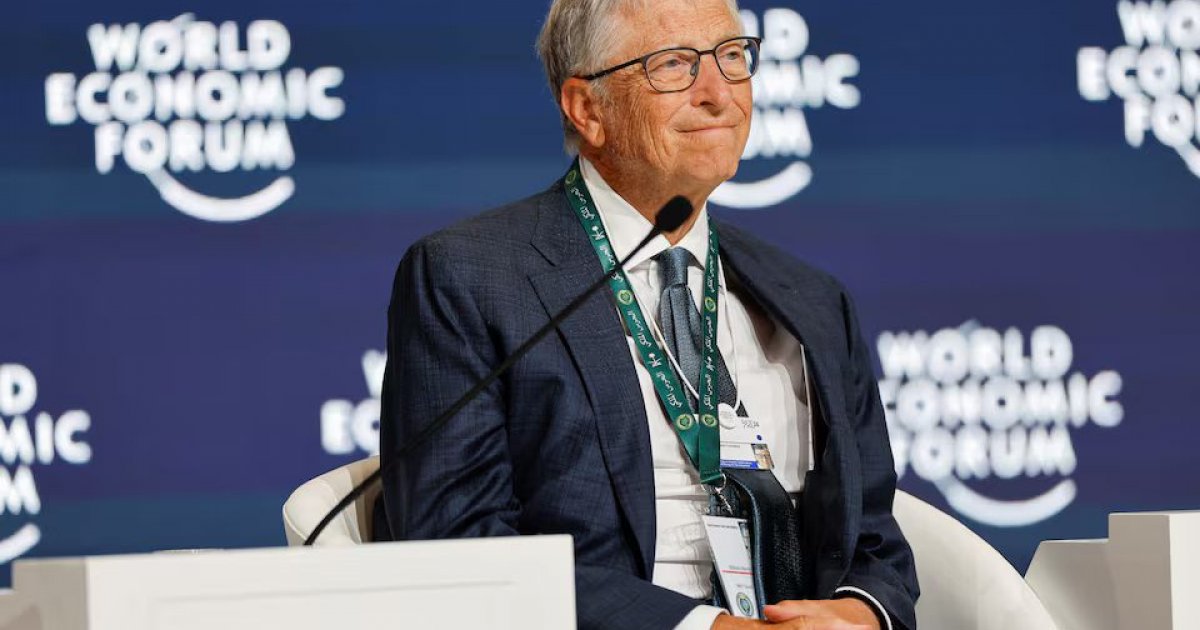
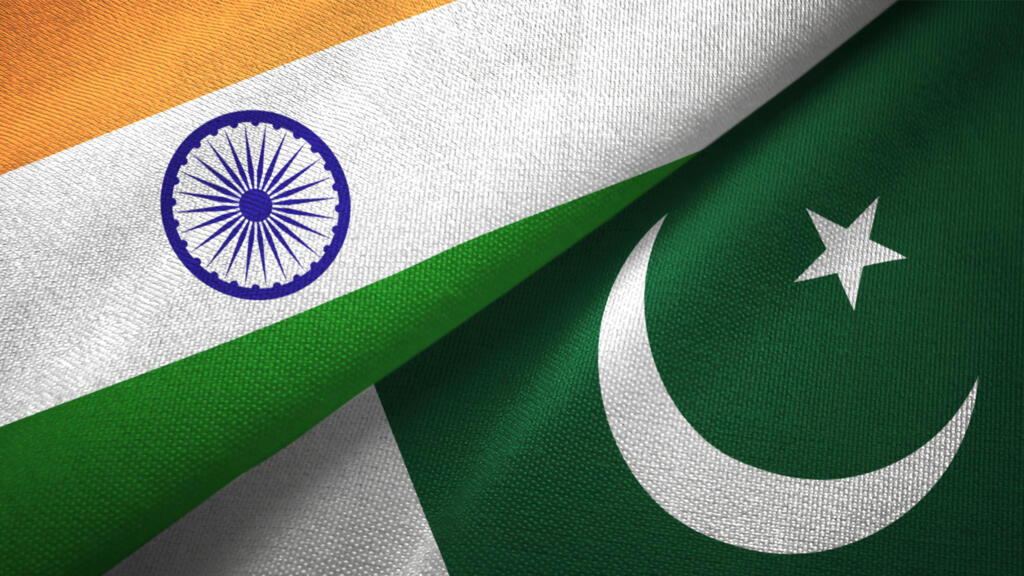
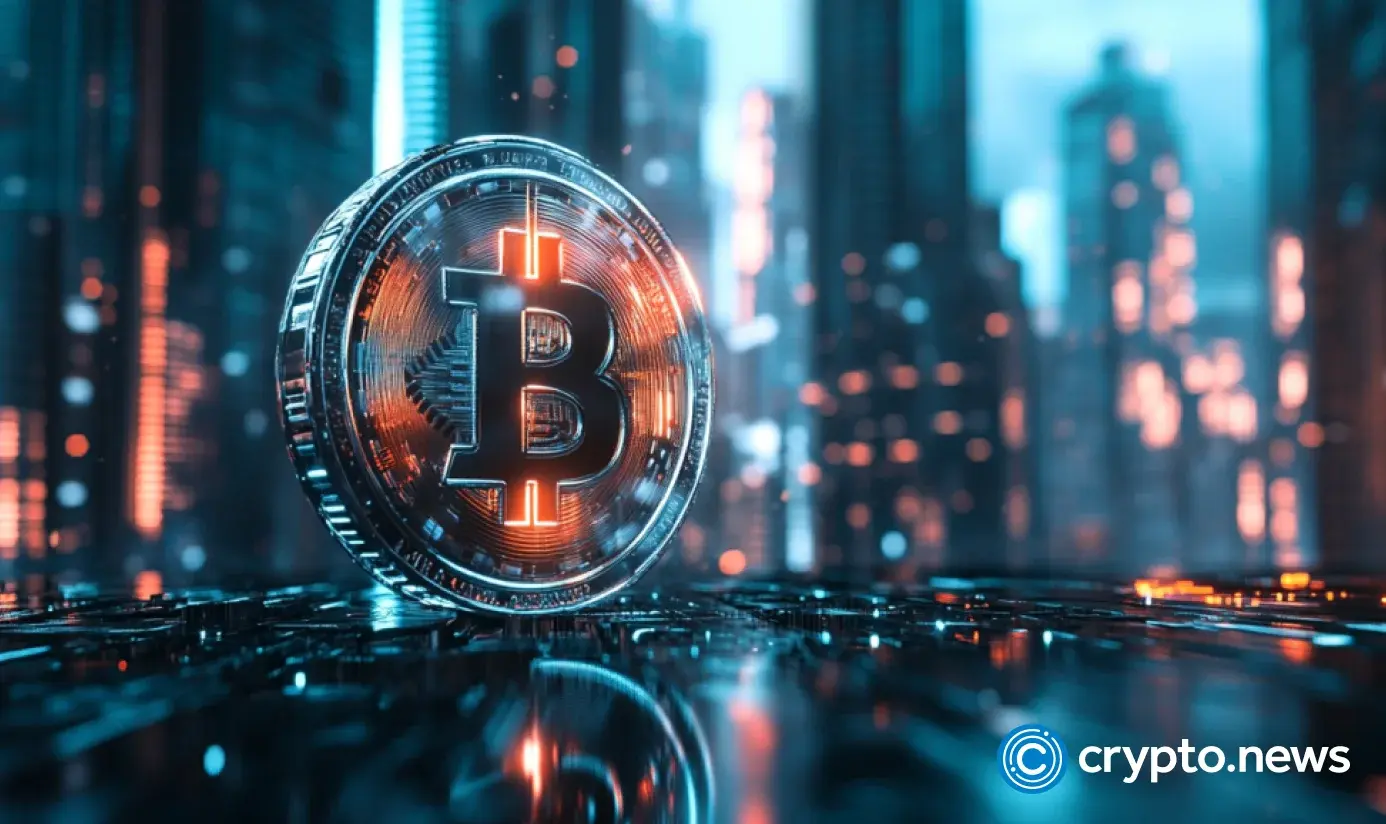
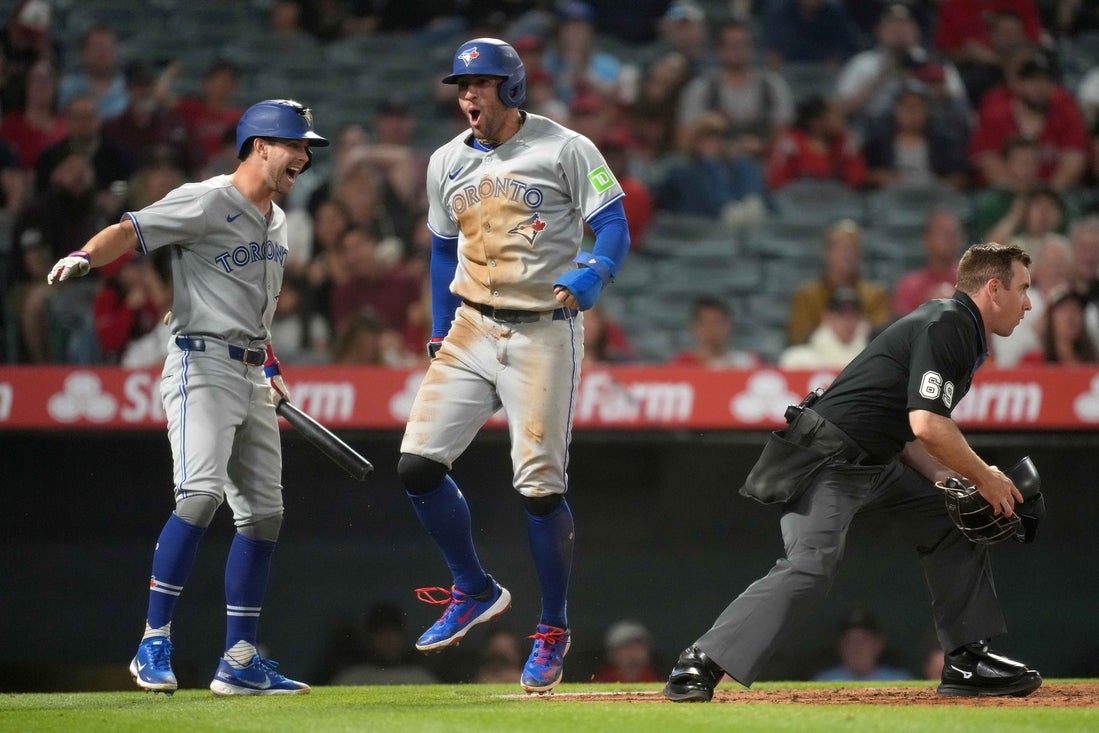
Leave a Reply